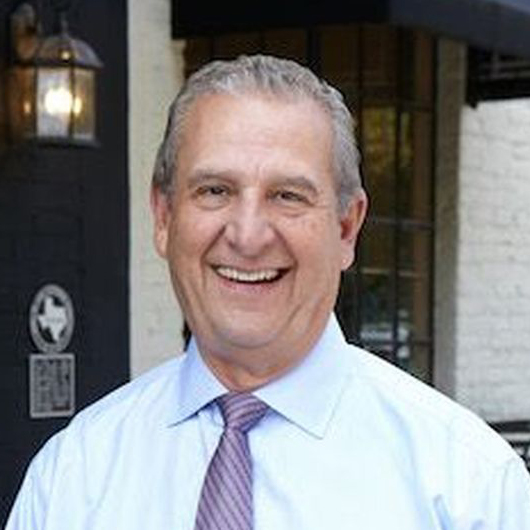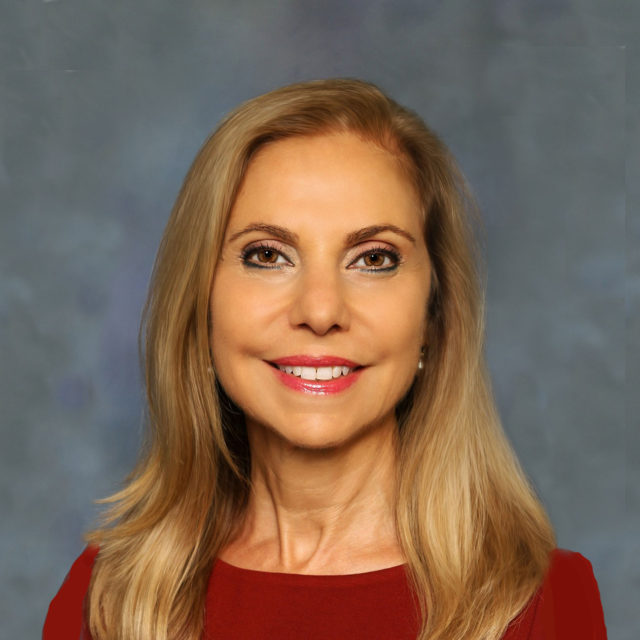PART 3 OF A 10-PART SERIES
Educating New Dry Eye Patients Who Require Additional Treatment
In this, Part 3 of our series, Real-World Answers From Experts in Dry Eye Disease, we discuss educating dry eye patients who are new to you and require additional treatment. In this article, Dr. Jerry Robben asks the experts in Dry Eye Disease how they educate and manage the dry eye patient who needs additional treatment or intervention.
In Part 2: Considerations for Patients Without Dry Eye Symptoms, we addressed asymptomatic patients, who compromise a large portion of the dry eye population. Perhaps more challenging are those patients who are new to you and require additional care because their current regimen is inadequate. In Part 3 of our 10-part series, we look at educating new dry eye patients who require additional treatments.
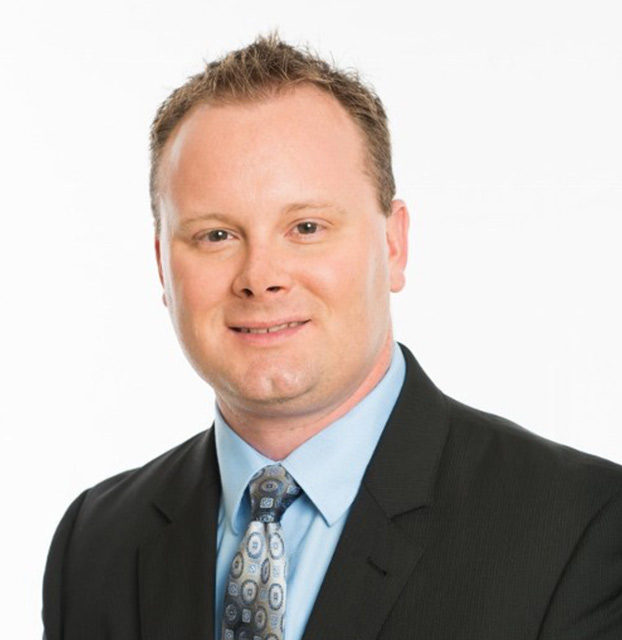
Jerry Robben, OD
Jerry Robben, OD
Bowden Eye & Associates
Jacksonville, Florida
Dr. Robben is the Chief Optometric Physician at Bowden Eye & Associates. He is also an Adjunct Assistant Professor at Arizona College of Optometry. He is a Founding Partner of Dry Eye University and a Founding Member and contributor of Dry Eye Access. He attended graduate school at Nova Southeastern University in Fort Lauderdale, Florida, where he received a second bachelor’s degree in Vision Science and his Doctorate in Optometry. During his externships, Dr. Robben had extensive training in binocular vision disorders and vision therapy. He also focused on pediatric care, contact lenses, low vision, and ocular disease. With a background in clinical education, Dr. Robben started a student doctor externship program, and is also an Adjunct Clinical Assistant Professor for the Arizona College of Optometry where he supervises the 4th Year Optometry Resident Doctors who are completing their externships for graduation. Dr. Robben is a leader in the treatment and management of Dry Eye Disease and has been recognized as a national speaker and educator on the subject. He frequently speaks in educational settings for optometrists, technicians and ophthalmologists across the country.
Moderated by Dr. Jerry Robben
For me, I always begin appointments with new dry eye patients by applauding them and their previous clinician for treating their Dry Eye Disease.
I then start the conversation by assessing what they know about the disease and then fill in the blanks to help bring them up to my speed. We then start to discuss treatments to add to their existing regimen.
How do you start educating dry eye patients who are new to you and are on some level of a dry eye treatment plan, but require additional treatment?
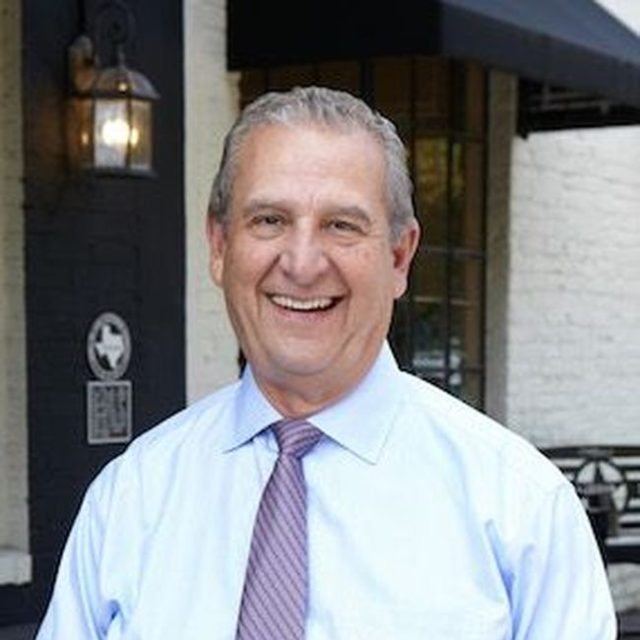
Art Medina, OD
Art Medina, OD
Medina Eye Care
San Antonio, Texas
Dr. Arthur A. Medina Jr. was born and raised in San Antonio, Texas and attended Central Catholic High School. He received his doctorate of optometry in 1972. The University of Houston, College of Optometry, appointed him to the faculty.
Medina continued his postdoctoral training with Dr. Louis Girard, M.D, who chaired the department of ophthalmology at Baylor College of Medicine. That experience enhanced the philosophy that still serves as the foundation for his practice.
Dr. Medina opened his private practice in 1983, after a decade as an associate of two prestigious ophthalmological practices. His experience with pre and post-operative care of cataract and refractive surgery patients led to working relationships with leading ophthalmic surgeons throughout Texas and the western United States. His incredible passion for the profession and quality patient care led to unique relationships with renowned, like-minded national and international physicians.
I think it is so important to educate the new dry eye patient on the multifactorial components of dry eye. This is a great starting point. The treatment options begin with the simplest and then proceed to the more complex, depending on the patient’s response to treatment. Once the patient understands the complexity of disease, he or she is willing to have realistic expectations and is receptive to additional and ongoing treatment options.
I start educating the new dry eye patient by letting he or she know that Dry Eye Disease is chronic and progressive and that it behooves the patient to start more aggressive treatment before more damage to his or her meibomian glands or eyes becomes irreversible, thereby affecting the quality of his or her vision.
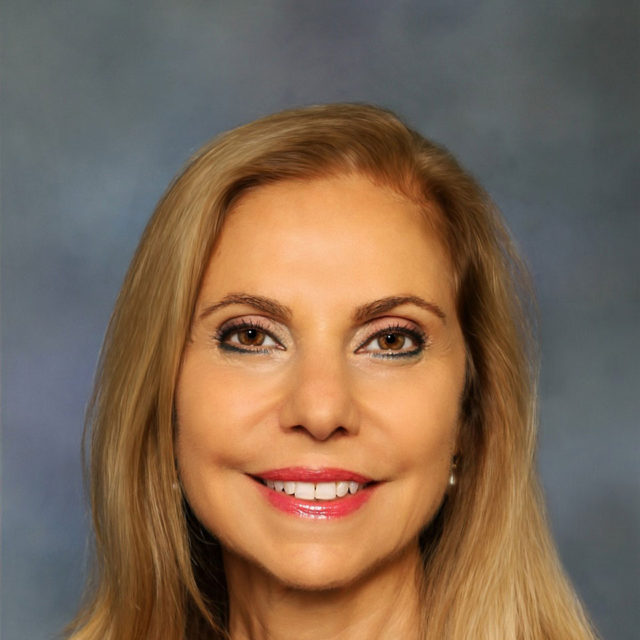
Cynthia Matossian, MD, FACS, ABES
Cynthia Matossian, MD, FACS, ABES
Matossian Eye Associates
New Jersey and Pennsylvania
Cynthia Matossian, MD, FACS, is the founder, CEO, and medical director of Matossian Eye Associates with multiple offices in PA and NJ. She specializes in refractive cataract surgery and dry eye disease. She was named one of Ocular Surgery News’ Premier Surgeon 300—an elite group of 300 premium refractive cataract surgeons in the US. She was the 2017 winner of the Ophthalmic World Leaders Visionary Award. She has been named one of the Top 25 Leading Women Entrepreneurs in New Jersey and one of New Jersey and Pennsylvania’s Best 50 Women in Business. She is a Clinical Assistant Professor of Ophthalmology (Adjunct) at Temple University School of Medicine. Contact Info: cmatossian@matossianeye.com.
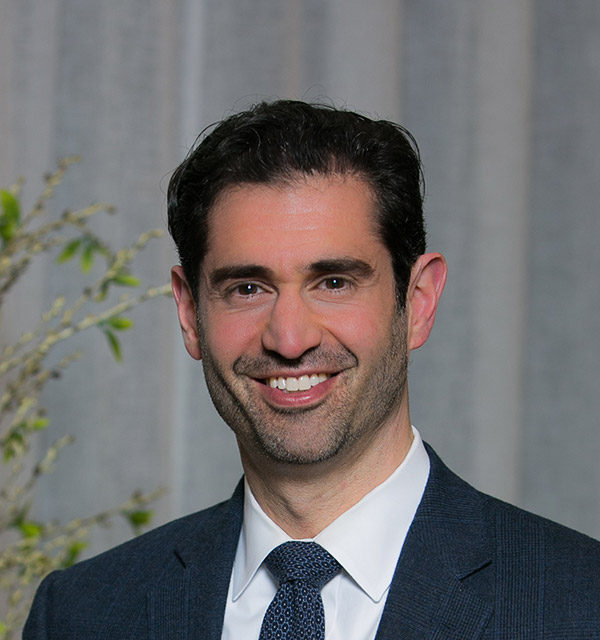
Richard Adler, MD, FACS
Richard Adler, MD, FACS
Belcara Health
Baltimore, Maryland
Dr. Richard Adler is an Assistant Professor of Ophthalmology at the Wilmer Eye Institute and Director of Ophthalmology at Belcara Health in Baltimore, Maryland. Dr. Adler completed his medical training and residency at Johns Hopkins as well as a fellowship in Cornea and External Disease at the Wilmer Eye Institute. Dr. Adler has published numerous papers and speaks nationally on topics related to the unique challenges of Dry Eye Management.
Educating new dry eye patients is no different from educating a new glaucoma patient who requires additional treatment. A discussion of the impact of disease progression suffices.
New dry eye patients are asking for more help, because their current treatments may not be effective. I start by letting them know about the chronic nature of Dry Eye Disease and that there are several aspects that may need to be addressed. Blepharitis, Demodex, and meibomian gland dysfunction, if left untreated, may be the reason why prescription drops are not effective. Other dry eye patients may need additional treatment according to the various algorithms. I always try to reassure patients that I am making recommendations based on expert consensus or recommendations and will continue to add/modify treatments until we get their condition addressed and maintained. In educating new dry eye patients, they need to understand that there is not a cure, but we can manage it to provide the most comfort and quality of vision.
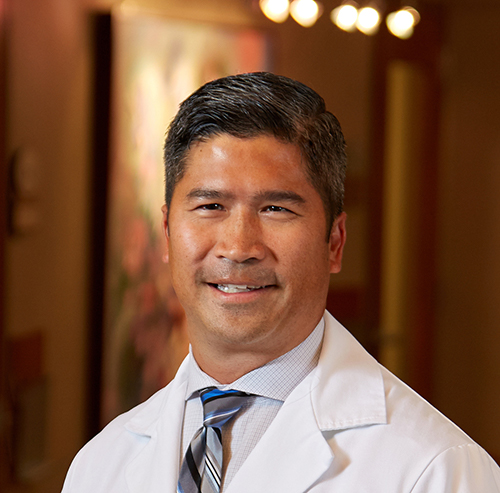
Walter Whitley, OD, MBA, FAAO
Walter Whitley, OD, MBA, FAAO
Virginia Eye Consultants
Norfolk, Virginia
Walter Whitley, OD, MBA, FAAO serves as the Director of Optometric Services and Residency Program Supervisor at Virginia Eye Consultants in Norfolk, Virginia where his practice encompasses ocular surface disease, glaucoma, surgical co-management, clinical research and the supervision of an extensive referral network. Dr. Whitley is a nationally recognized author and lecturer on topics ranging from ocular disease, surgical co-management, pharmaceuticals and practice management topics. He serves as Co-Chief Medical Editor for CollaborativeEYE and contributing editor for the Review of Optometry.
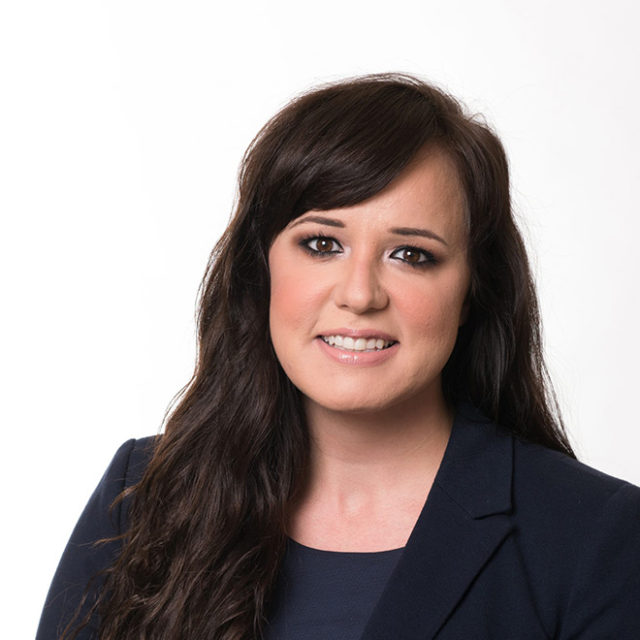
Sarah Darbandi, MD
Sarah Darbandi, MD
Bowden Eye & Associates
Jacksonville, FL
Dr. Sarah Darbandi is a fellowship trained cornea specialist. She is the Vice-President, Owner and Director of Aesthetic services for Bowden Eye & Associates. She is also a Founding Partner of Dry Eye University and a Founding Member, Advisory Board and Contributor of Dry Eye Access.
She attended Medical School at West Virginia University, then went on to residency in Ophthalmology at the West Virginia University Eye Institute. With her interest in corneal transplantation and refractive surgery, she then completed a fellowship in Albany, New York, in Cornea and Refractive Surgery. In 2015, she became partner and Vice President of Bowden Eye & Associates. Dr. Darbandi provides general ophthalmic care, custom cataract surgery, corneal transplantation, ocular surface reconstruction, and refractive surgery.
For new dry eye patients, I discuss the normal anatomy of the ocular surface, such as the meibomian glands and how they contribute to the normal tear film. Many patients with Dry Eye Disease, even ones who have been treated previously, are often unaware that these structures exist. Obtaining meibography and metrics is extremely valuable for these patients as well. These patients know they have Dry Eye Disease but often don’t understand the complex nature of the disease. Using metrics helps significantly guide their care. It is so helpful to be able to show these patients what their glands look like, so having meibography obtained is essential.
Educating new dry eye patients is often a conversation about additional optimization. Most patients aren’t content with a C- and will appreciate the plan to strive for an A. If there’s evidence of progression on their current regimen, that pushes the conversation and doctor-patient alignment even further. Great role for advanced diagnostics and meibography here too.
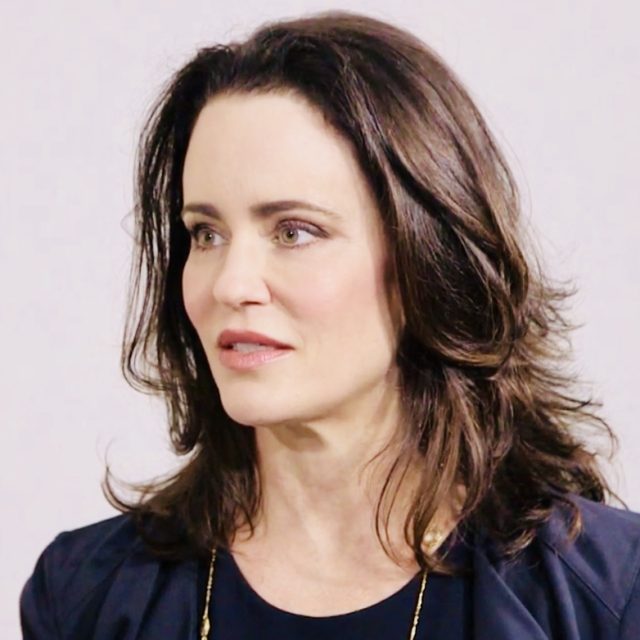
Laura M. Periman, MD
Laura M. Periman, MD
Evergreen Eye Center
Seattle, Washington
Laura Periman, MD is a board-certified ophthalmologist, fellowship-trained cornea and refractive surgeon and Ocular Surface Disease Expert. She knew she wanted to be a doctor since the age of 12 and always seen eyes as the key defining feature of every person. Her interests in molecular biology began with winning the Terry Spies Memorial Scholarship at the Oregon Regional Primate Research Center as an undergraduate at Willamette University in Salem, OR.
Her interests in immunopathophysiology took root during her work in Research and Development at Immunex Corporation in the Molecular Biology Department prior to attending medical school at the University of Washington in Seattle, WA. During medical school, she received the Rex and Arlene Garrison Oncology Fellowship, the Western Medical Student Research Committee Award for Excellence and was elected to the honor society, Alpha Omega Alpha. Upon graduation with honors, she also received the Georgianna Kirby Award for outstanding patient dedication and compassion.
Dr. Periman completed her Ophthalmology Residency as well as Cornea/Refractive Fellowship at the University of Washington in Seattle. She is an international lecturer on Ocular Surface Disease. She has nine peer reviewed publications, two chapters, a review article and independent study in press, and has written extensively on the topic of Ocular Surface Disease. Her unique and passionate perspective on OSD stems from her work in immunopathophysiology. She is an innovator and enthusiastic speaker who loves bridging the gap between basic science, clinical practice and patient compassion.
As Director of Dry Eye Services and Clinical Research at Evergreen Eye Center Seattle, WA she combines her clinical care passion, scientific drive and innovative creativity to provide first class Ocular Surface Disease management.
For more information on Dr. Periman, please visit her website www.dryeyemaster.com.
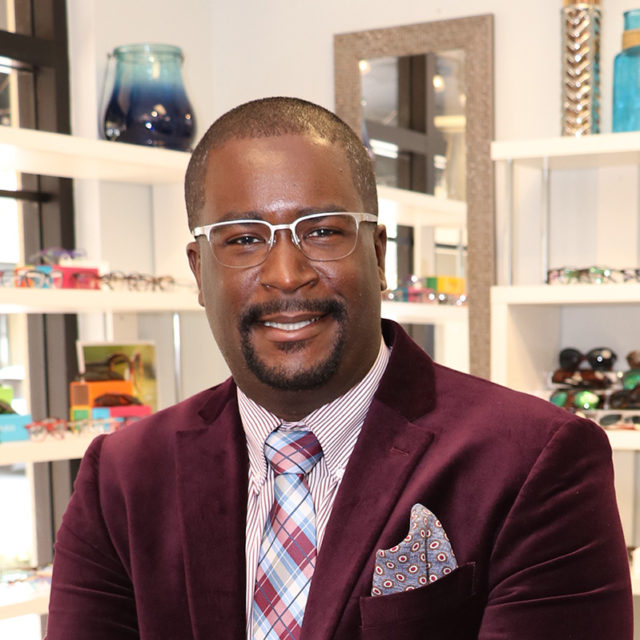
Adam Ramsey, OD
Adam Ramsey, OD
Iconic Eye Care
Palm Beach Gardens, Florida
Adam Ramsey, OD serves as the Medical Director of Iconic Eye Care in Palm Beach Gardens FL. Dr. Ramsey’s practice encompasses ocular surface disease, glaucoma, surgical co-management, macular degeneration care and diabetic eye exams. Dr. Ramsey is the current President of the Palm Beach County Optometric Association and is also the Vice-President of T. Leroy Jefferson Medical Society an affiliate of National Medical Association. He also serves as the Chief Optometric officer for Seminole Health Indian Reservation for the state of Florida servicing 3 locations.
A previously treated dry eye patient is my favorite type of patient, because they have usually sought us out specifically for our Dry Eye Disease expertise. A dry eye patient who has tried most of the stuff offered at other offices and comes in with an open mind is the best patient to have, due his or her interest in trying the latest technology.
The new dry eye patient is advised that he or she is responding to palliative treatment. Advising about the etiology is the first approach. Then advise on the chronic progressive nature of the disease. And always use metrics of Dry Eye Disease to demonstrate structural and functional decline in vision.
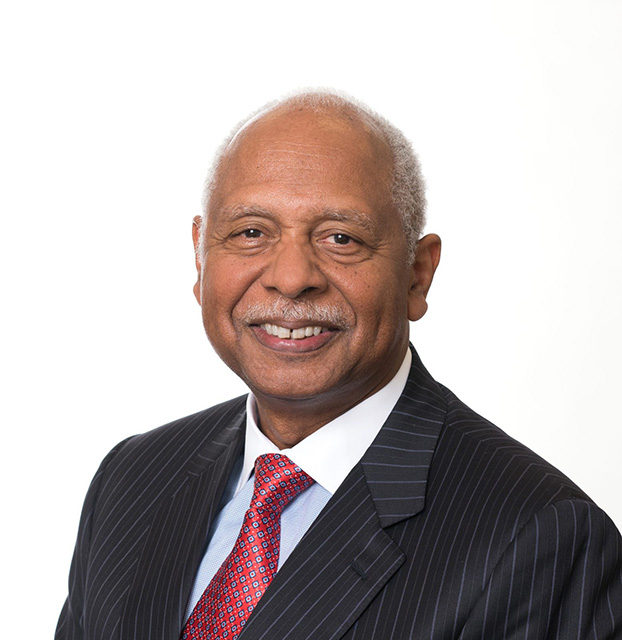
Frank W. Bowden, III, MD, FACS
Frank W. Bowden, III, MD, FACS
Bowden Eye & Associates
Jacksonville, FL
Dr. Frank W. Bowden, III, had his fellowship as a cornea specialist at Wills Eye. He is President, Medical Director and Founder of Bowden Eye & Associates, President and Medical Director of Eye Surgery Center of North Florida, LLC. He is also a Founding Partner of Dry Eye University and a Founding Member, Advisory Board and Contributor of Dry Eye Access. Previously, he was an Assistant Clinical Professor at University of Florida, Jacksonville.
Dr. Frank W. Bowden, III, founded Bowden Eye & Associates in 2001, focusing the practice on comprehensive eye care; custom cataract surgery; refractive and LASIK surgery; glaucoma surgery and laser therapy; treatment of Dry Eye Disease and other ocular surface disorders; corneal transplantation; and corneal and external diseases. As a fellowship-trained cornea specialist, he is uniquely qualified to treat Dry Eye Disease; corneal abrasions, inflammations, ulcers, scarring, injuries and infections; keratoconus; as well as pediatric corneal diseases. He also specializes in corneal transplantation using advanced techniques such as PKP, DSAEK, and DALK.
Managing patients with Dry Eye Disease begins with questions and proceeds from there. If the patient is unhappy with his or her current treatment, these questions take on greater importance, because an adjustment in care may be required. And this initial conversation is key to beginning the journey on the right foot. As you can see, some of these questions can only be answered by gaining a greater understanding of this multifactorial disease, and that often requires a full range of diagnostic testing.

